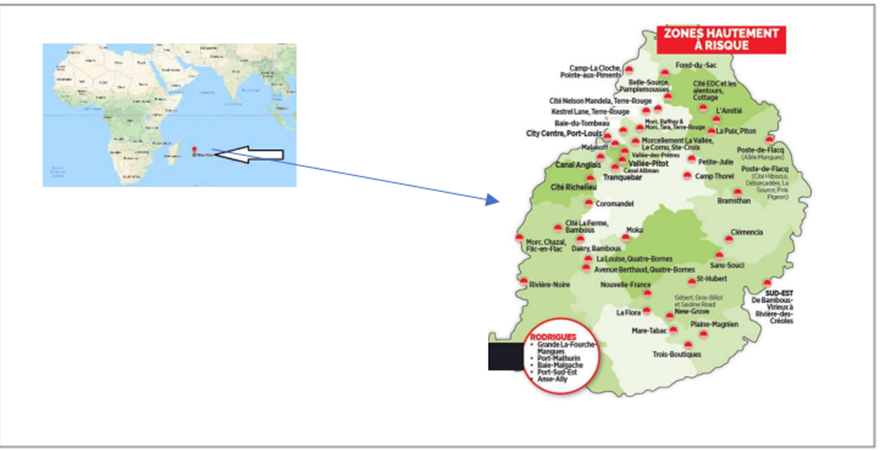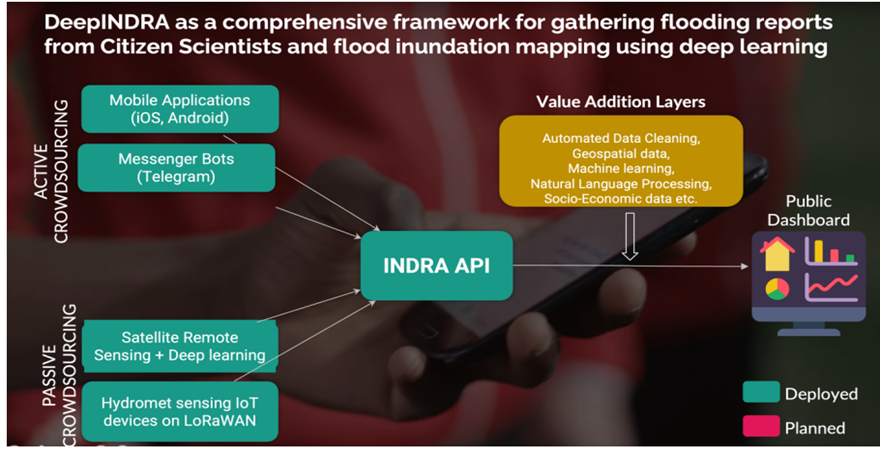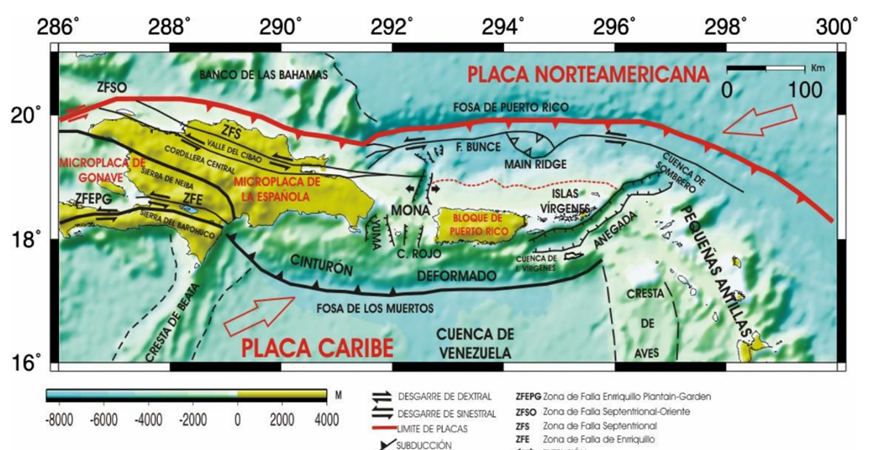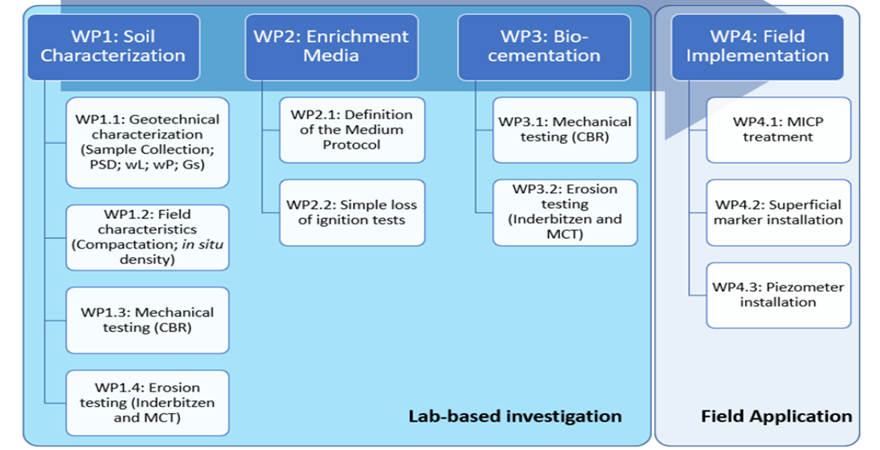- +91-11-4044-5999
- info@cdri.world
-
Copernicus Marg, New Delhi, INDIA

Bottom-up approach to uptake pre-disaster recovery strategy through advanced cyclone classifier model in south-western zone of Bangladesh
Mr Md. Rayhanur Rahman, Prof Md. Munsur Rahman, Mr Md. Manjurul Hussain
Institute of Water and Flood Management (IWFM), Bangladesh University of Engineering and Technology (BUET), Dhaka 1000, Bangladesh
Research problem: This study aims to fill the gap in the BMD cyclone warning system through advanced CCM, which will help accumulate a better pre-disaster recovery strategy with a bottom-up approach. An attempt will be taken to identify the damage potential hotspot more precisely through smaller scale
Innovation/novelty: CCM will be used to generate additional information such as wind speed, storm surge depth, the probability of house damage & embankment damage, and a hazard map of Specific locations. People can realize the upcoming damage with existing forecasting and warning of the cyclone and the evacuation process become more accessible.
Proposed solution: The result will be an excellent procedure to create a new way of pre and post-disaster recovery plan and identify the suitable approaches taken by Govt. and other organizations.
Research Methodology: This research is based on Cyclone Classifier Model which is output from the SATREPS project implemented by IWFM, BUET. For Advance, CCM-required data will be collected from primary and secondary sources. Secondary data such as previous cyclone landfall location, wind speed, surge height, velocity, etc. will be collected from Bangladesh Meteorological Department (BMD) and previous SATREPS project outputs for model calibration. Participatory rural appraisal (PRA) tools will be applied to collect Primary data.
Practical application and implications: Local people can clearly understand their approximate possible damages and take necessary steps to reduce life risk and property loss. Besides, a different organization can prepare a plan and train people against cyclones and storm surges with new and innovative ideas based on this model.
Assumptions: • Possible damage data against a cyclone especially household-related information will help the community to take a community-based approach to reduce the risk. • Govt will be able to identify the exact information about damages which will help them to take necessary steps before a cyclonic event.
Scope and limitations: The model is based on technological innovation. Some results may conflict with real-time situations because of dynamic changes in construction material cost, condition, location, and geo-morphological status. Besides, the potential economic value of damages due to cyclones may be varied from location to location.
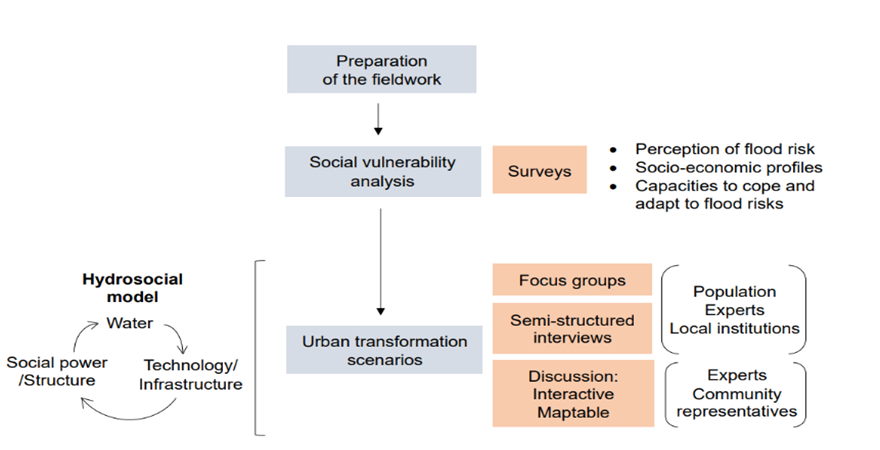
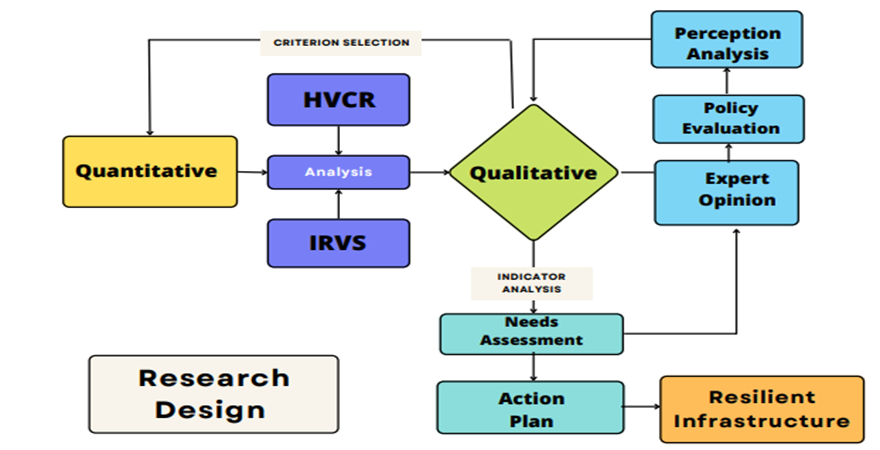
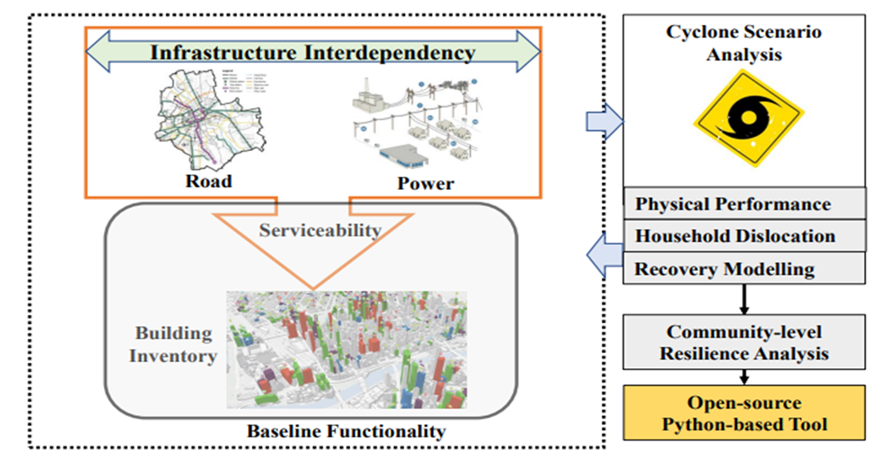
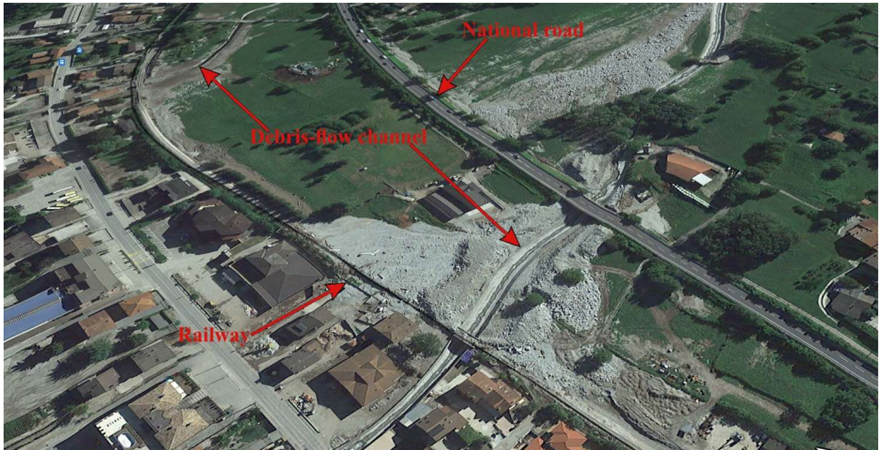
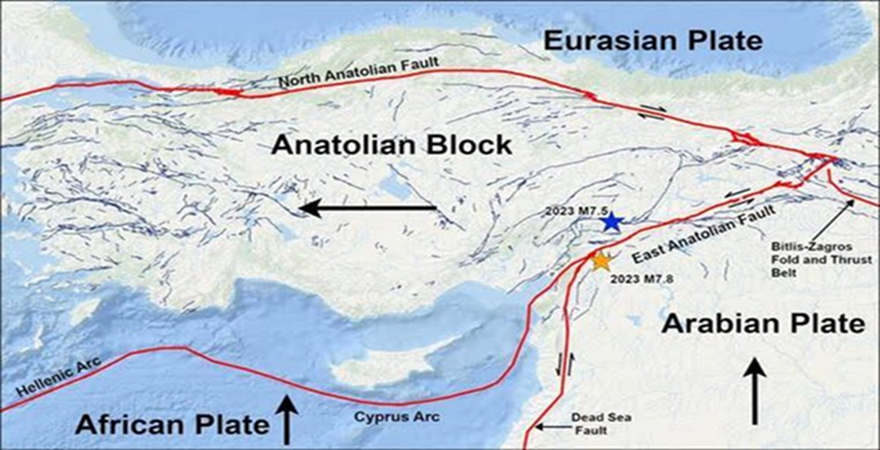
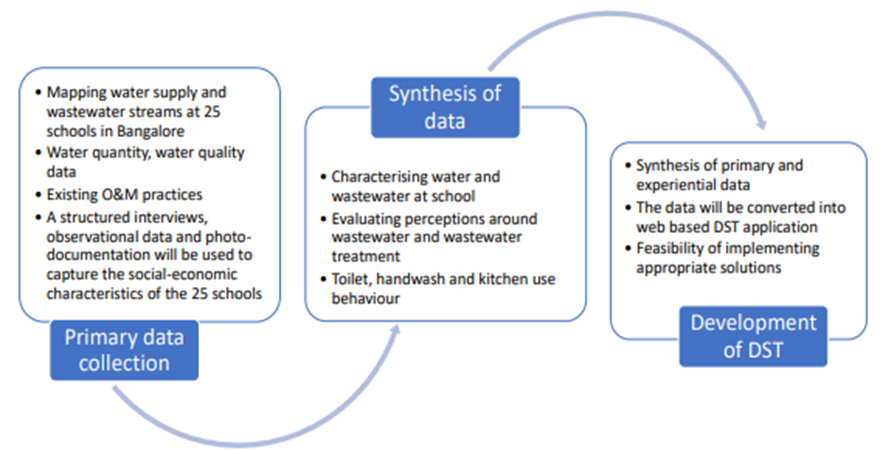
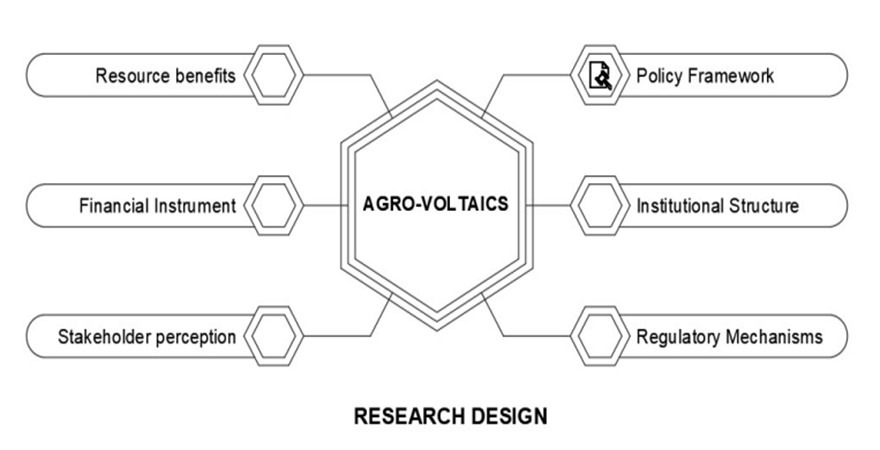
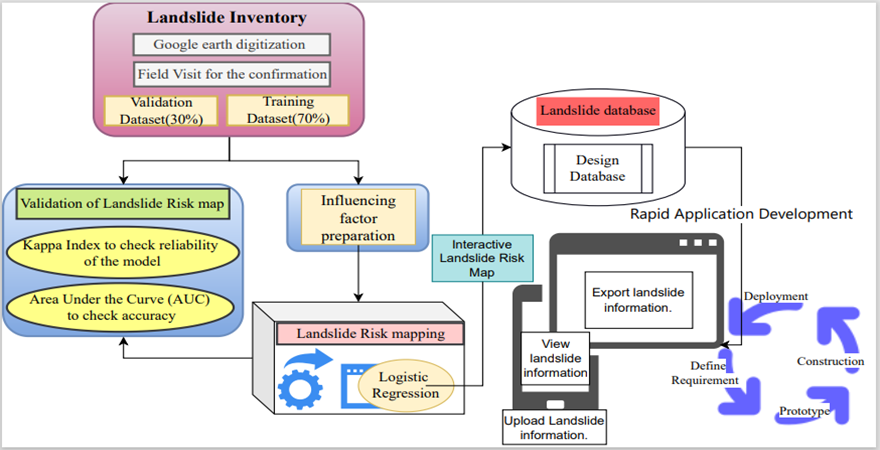
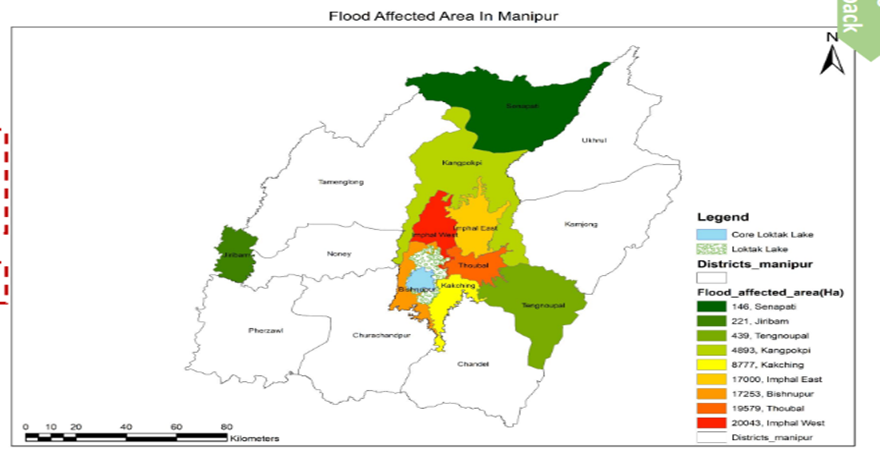
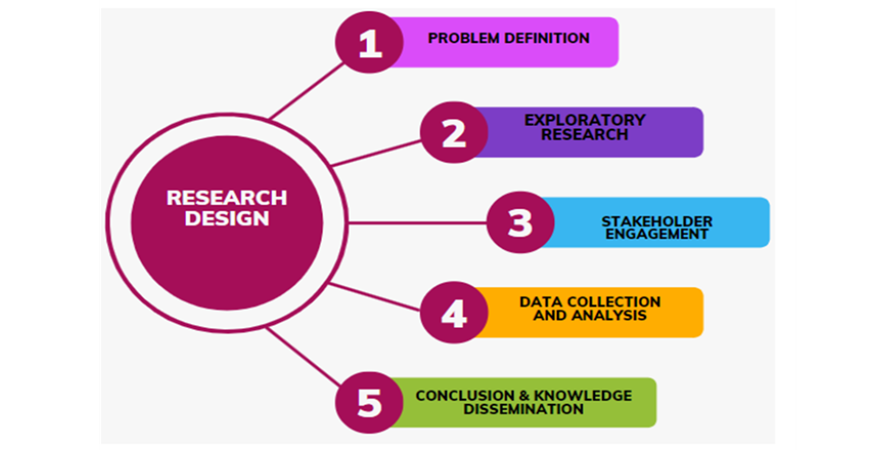
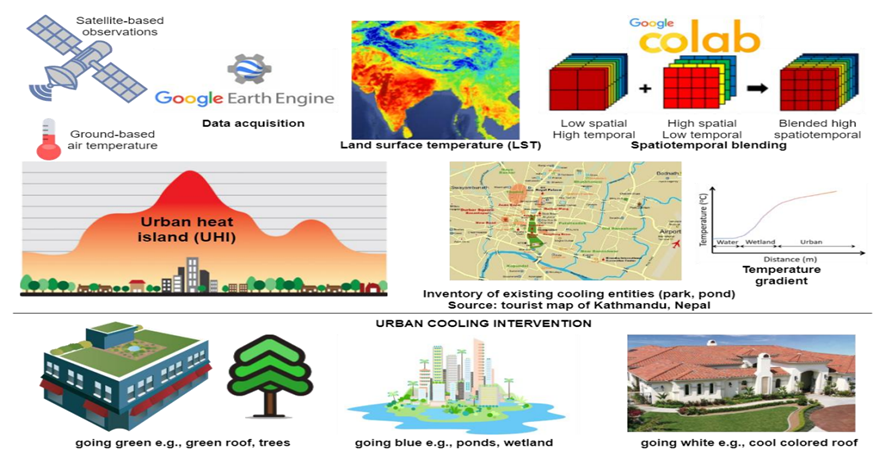
 mainstreaming inclusion of persons with disabilities in disa.png)

